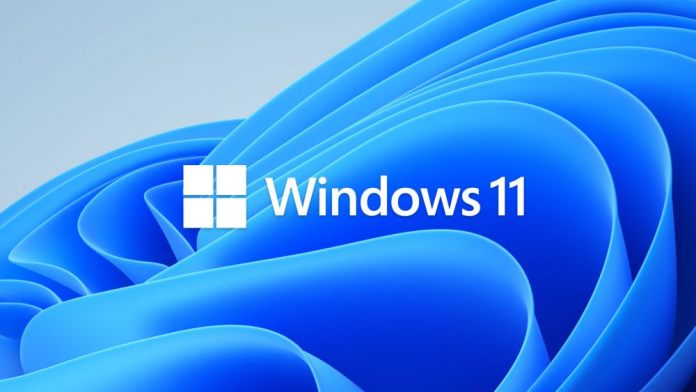Microsoft has unveiled a noteworthy addition to its upcoming version of Windows 11, version 24H2. The update, expected later this year, is set to significantly boost the operating system's capabilities, particularly focusing on AI-powered functionalities. Among the many anticipated features is the introduction of Windows Studio Effects. These effects promise to revolutionize the video call experience by integrating AI-based audio and video enhancements directly into the interface.
Taskbar Enhancements for Quick Access
In the latest preview update from the Beta Channel, Microsoft quietly rolled out a new element on the Windows taskbar dedicated to the Windows Studio Effects. As spotted in build 22635.3276, this new indicator, positioned next to the Quick Settings button, aims to provide a seamless way for users to access a variety of video call enhancements. Though currently inactive beyond displaying a tooltip that states “Enhance your video experience using Studio Effects,” its implementation hints at a straightforward approach to enhancing video calls with AI-driven effects. The button was initially found by PhantomOfEarth, who then posted it to Twitter/X.
A new Windows Studio Effects button could be coming soon to the system tray. (hidden in 22635.3276, feature name: WSESystrayIcon)
vivetool /enable /id:46107637 pic.twitter.com/rZ6iZEiRrN
— PhantomOcean3 🌳 (@PhantomOfEarth) March 5, 2024
Future Developments and Accessibility
Currently, the functionality of this new taskbar element remains largely under wraps, as the Studio Effects button's detailed operations and the breadth of its capabilities have not been officially elucidated by Microsoft. Additionally, in this stage, users cannot remove or modify the Studio Effects button from the taskbar, indicating that its features and integration may still be in the process of refinement. Notably, Microsoft has adopted a guarded approach in discussing future updates, yet this addition underscores the company's investment in AI and an enhanced user experience.
The methodology to activate or deactivate the Windows Studio Effects button has been shared by enthusiasts, involving a manipulation in the system settings. Despite the absence of an official statement from Microsoft regarding these instructions, the community's discovery demonstrates the keen interest and anticipatory excitement surrounding these enhancements.
How to Check out Windows Studio Effects
-
Get ViveTool:
- Download ViveTool from GitHub.
- Unpack the downloaded files to a location you can easily access.
-
Open Command Prompt with administrator privileges:
- Search for “Command Prompt” on your computer.
- Right-click on “Command Prompt” and select “Run as administrator”.
-
Navigate to the ViveTool folder:
- In the Command Prompt window, type
cdfollowed by the path to the folder where you extracted ViveTool files. - For example, if you extracted the files to “C:\Vive”, type
cd C:\Viveand press Enter.
- In the Command Prompt window, type
-
Enable virtual desktop:
- In the Command Prompt window, type the following command and press Enter:
vivetool /enable /id:46107637
- In the Command Prompt window, type the following command and press Enter:
-
Restart your computer:
- Click on the Start menu and select the Power icon.
- Choose “Restart” from the options.
As with all features in preview builds, the final form and functionality of Windows Studio Effects and its taskbar indicator may undergo significant changes before the official launch. Analyses and feedback from early users will likely shape the ultimate user experience. Microsoft's focus on visual clues, such as Copilot animations to complement the introduction of AI capabilities in Windows 11, signals a broader intent to render the operating system more intuitive and user-friendly, particularly as AI technologies continue to advance.
Microsoft is expected to provide further details and updates on Windows Studio Effects and other AI-enhanced capabilities in Windows 11 as the launch date for version 24H2 approaches. The integration of such features marks a pivotal stride toward enriched virtual communication, promising a new edge for video conferencing and content creation on Windows platforms.






